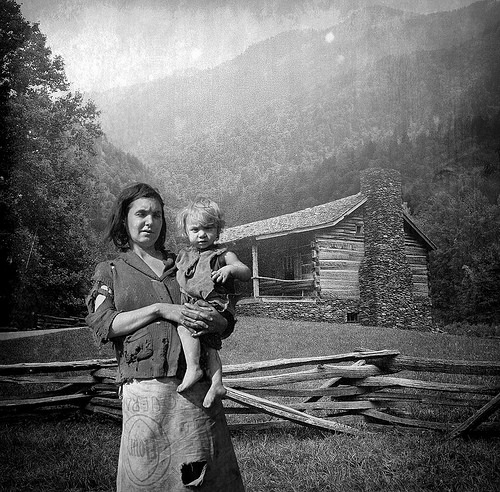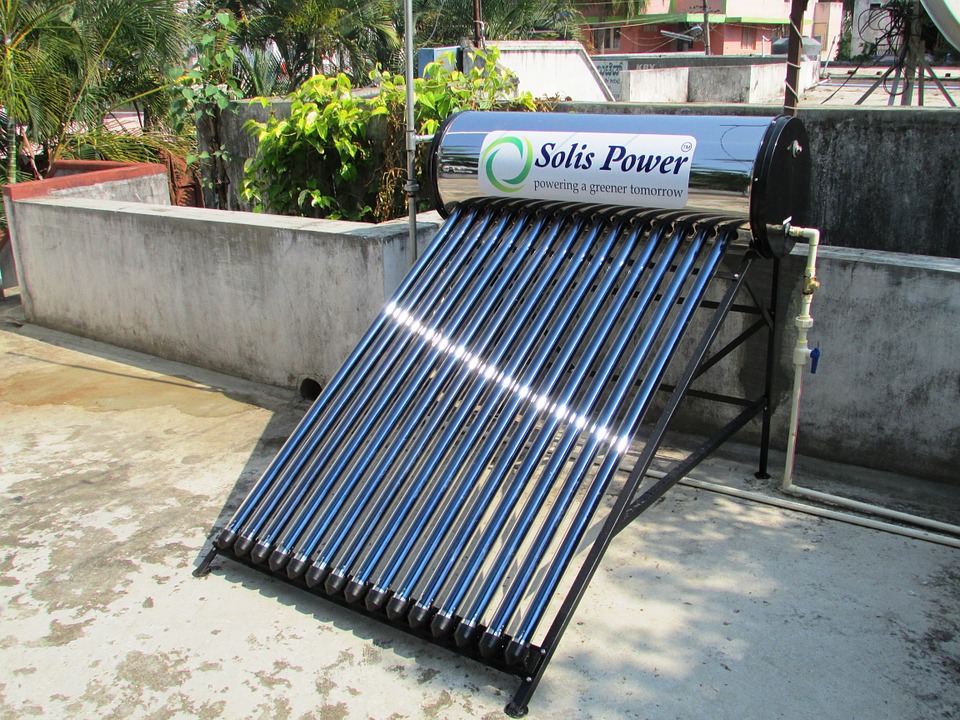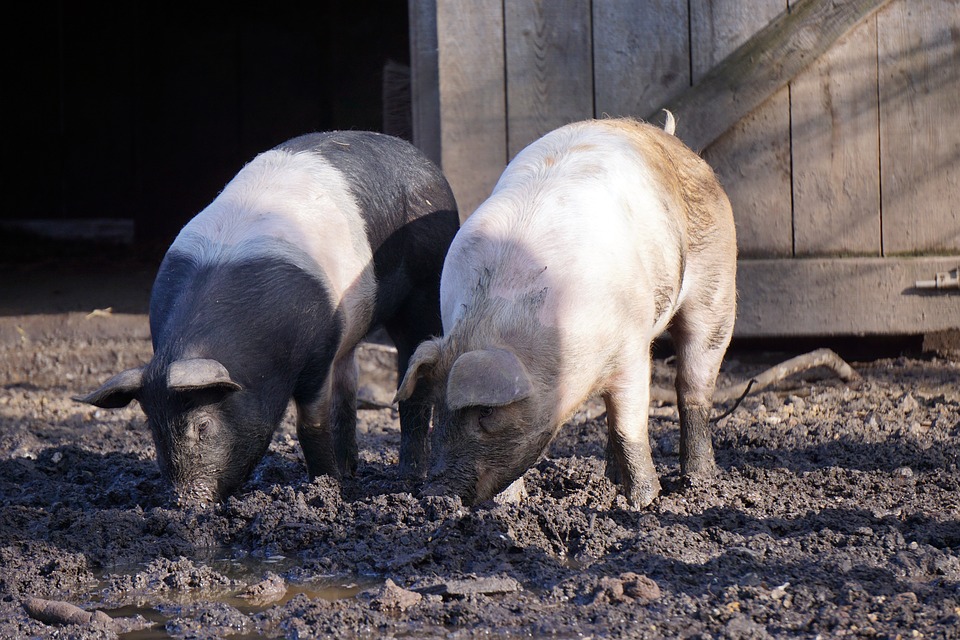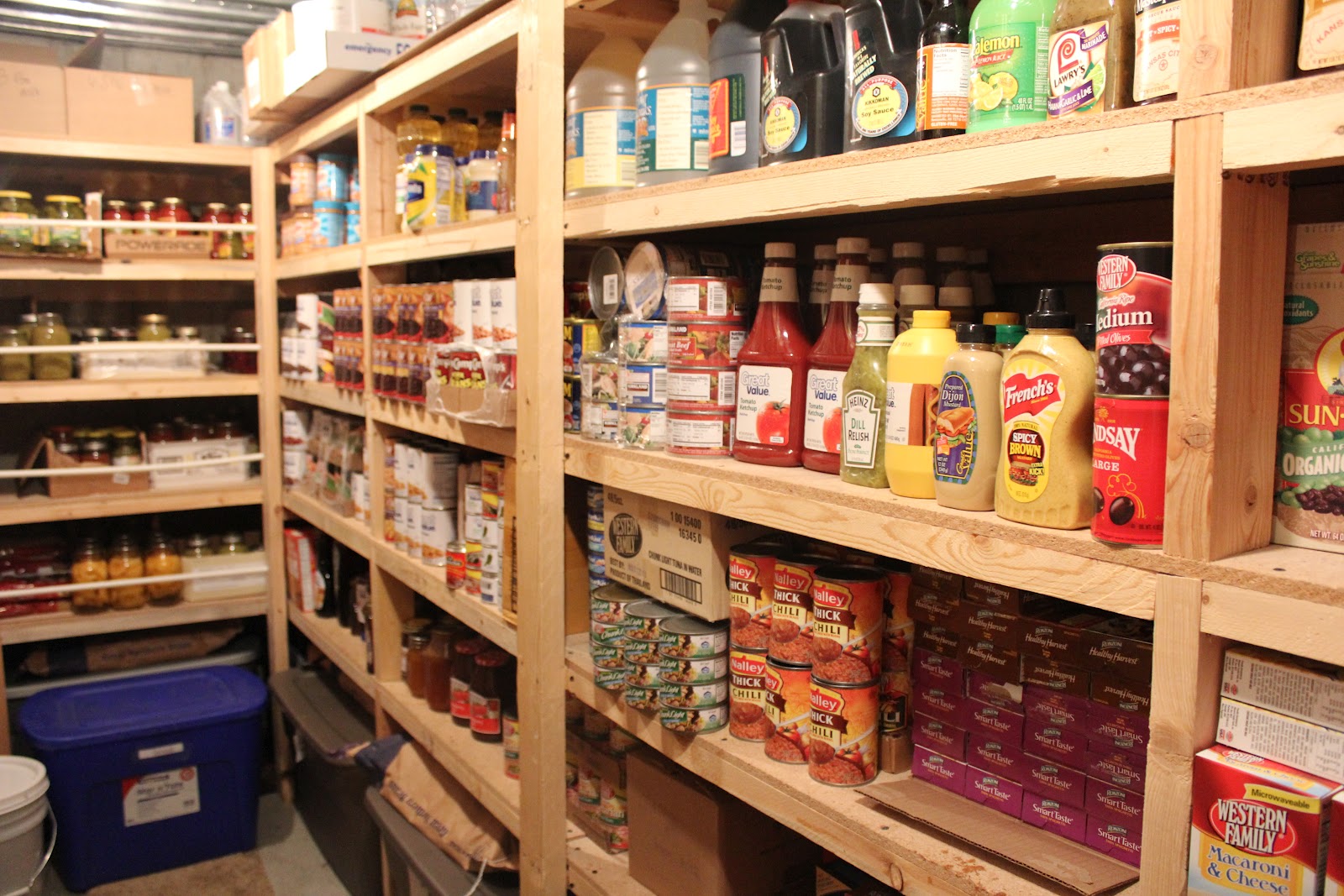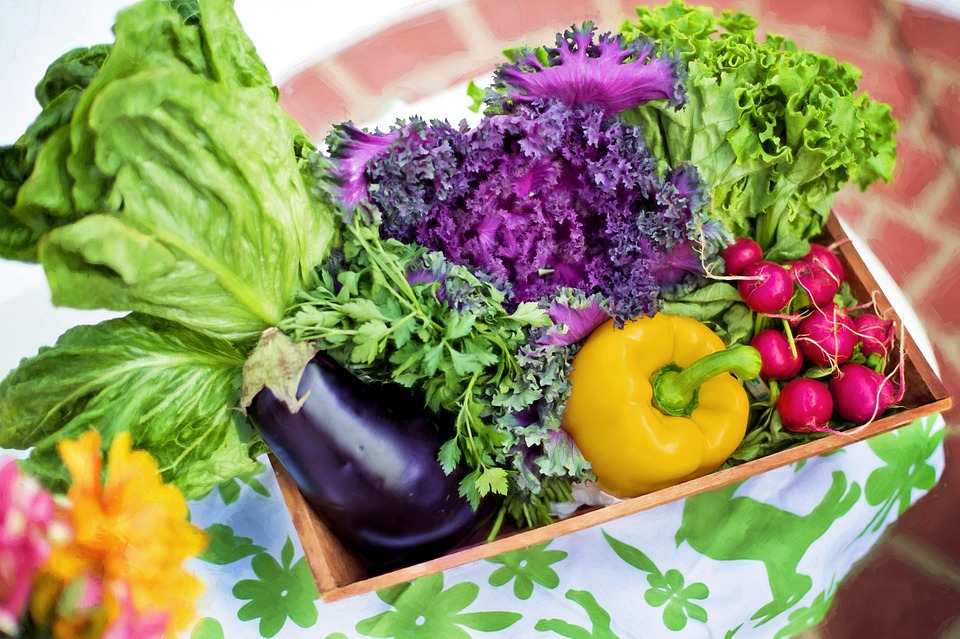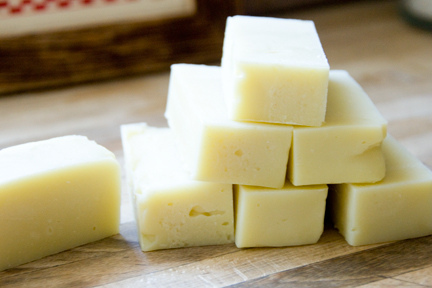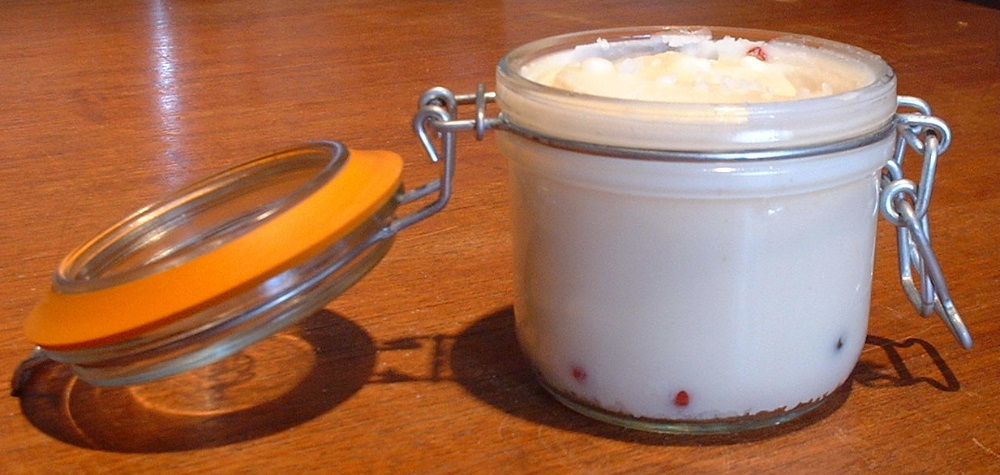Homestead (and Life) Lessons From the Great Depression
The Great Depression was one of the most harrowing periods of history in our country, and there are many lessons we can take from it. It dramatically changed our economy, our government, our agriculture and our people. We made it through the recent Great Recession with far less damage than the Great Depression, but the … Read more

